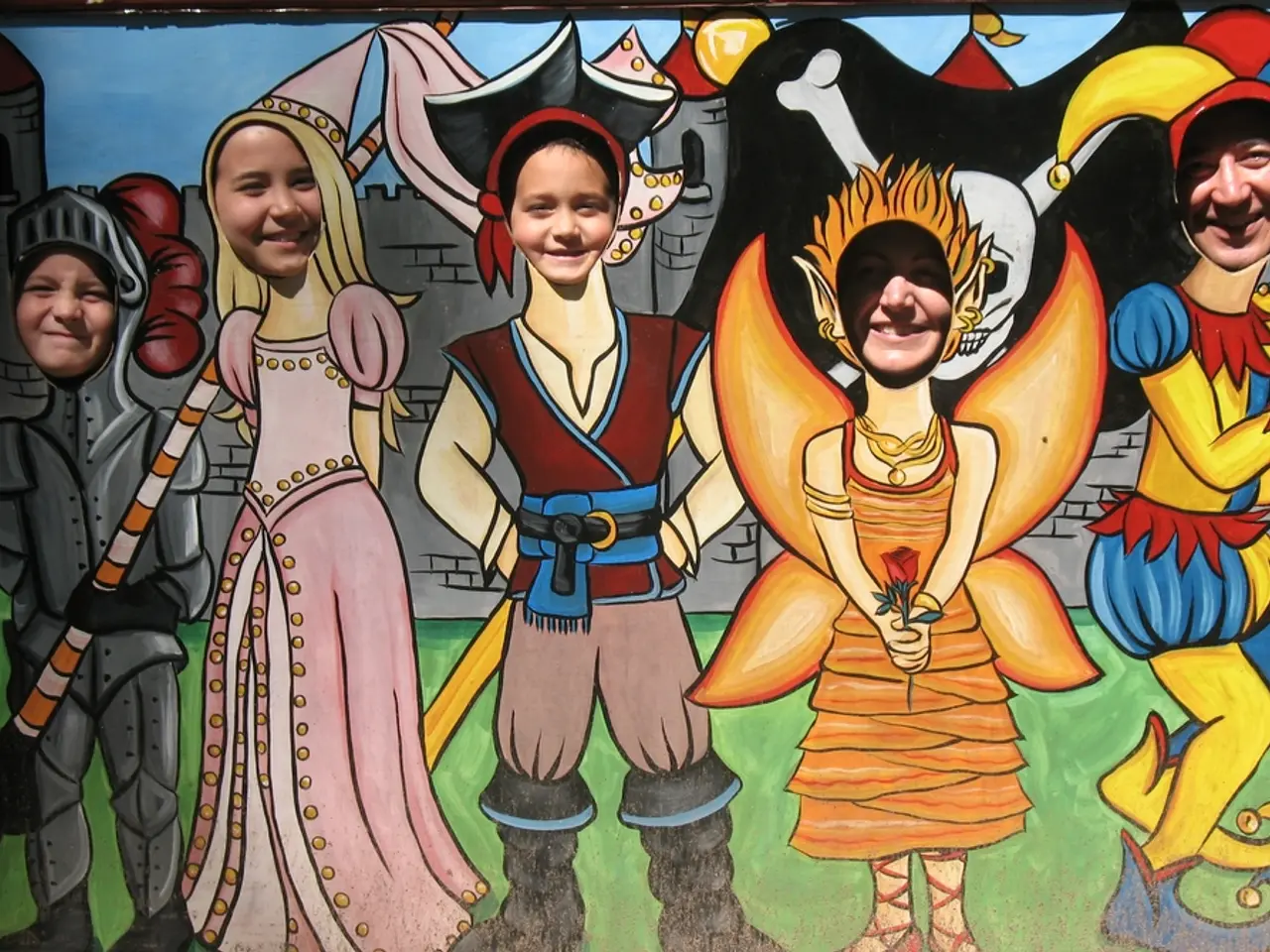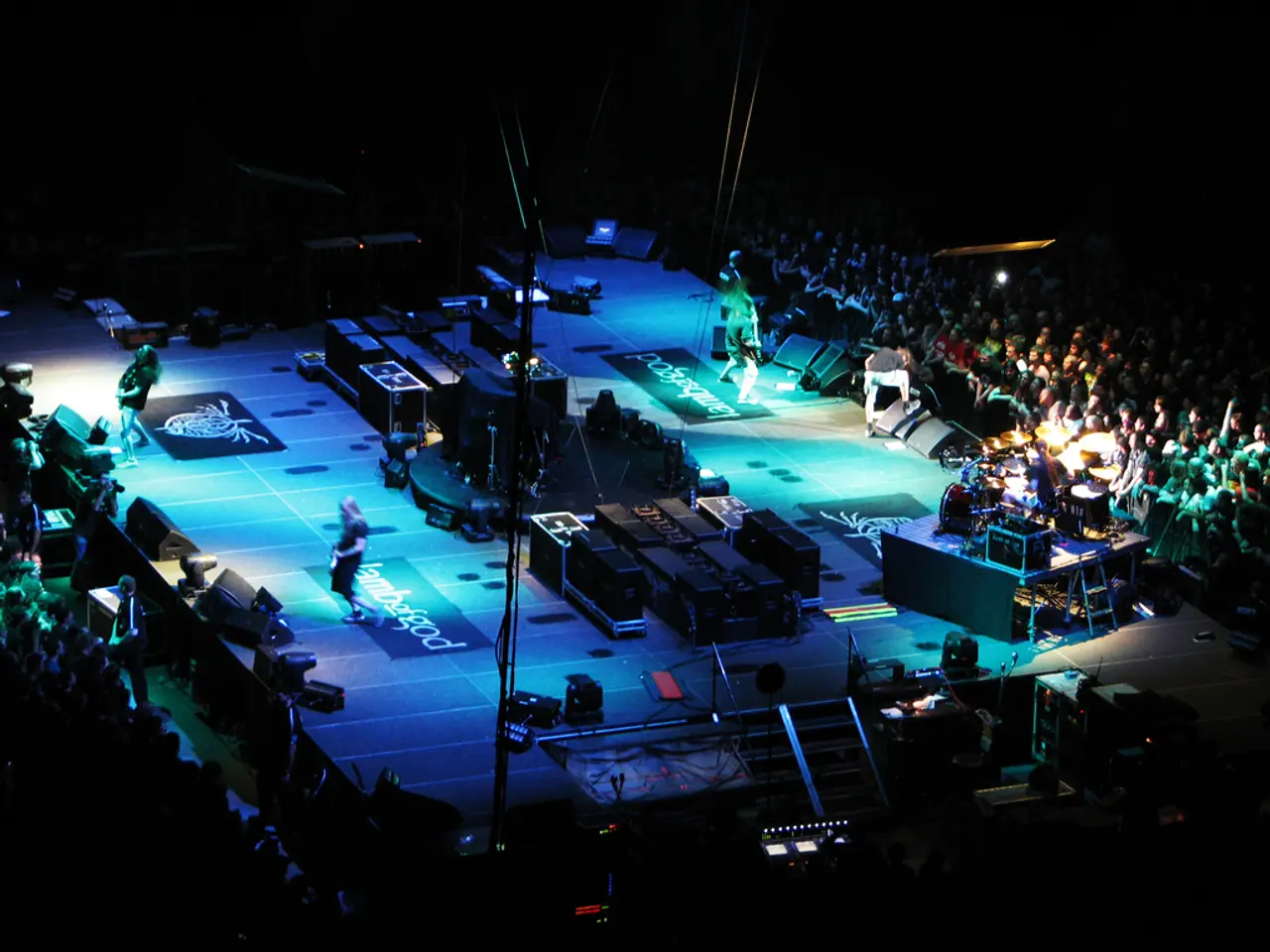Remake Controversy Surrounding the Live-Action Adaptation of 'Avatar: The Last Airbender'
In the world of entertainment, remakes and adaptations are a common occurrence, and the live-action version of Avatar: The Last Airbender, released in 2024, is no exception. This new take on the beloved animated series has seen significant changes to characters like Aang and Sokka, altering certain character dynamics and narrative elements, which have influenced the show's reception relative to the original.
For Aang, one of the most notable changes is the visual and narrative depiction of the Avatar State. Unlike the animation, where Aang channels the power and knowledge of previous Avatars internally (appearing as himself), the live-action version shows the actual previous Avatars, such as Kyoshi, physically manifesting and fighting against enemies in the Avatar State. This change enables a more dramatic and visually dynamic fight scene that highlights the power of past Avatars and enriches the lore, suggesting potential for future spin-offs like an Avatar Kyoshi movie.
Regarding Sokka, while exact detailed changes to his character in the live-action version are less overtly documented, it is noted that both Katara and Sokka undergo shifts in storylines, such as their inclusion in a journey to the Spirit World, which differs from the original series. This might suggest an expansion or modification of Sokka's role and involvement in spiritual dimensions of the story that were less emphasized originally.
Additional changes include shifting character personalities and plot positions for other characters (like King Bumi and Princess Azula's earlier introduction), indicating a broader storytelling revision that inevitably affects character arcs and relationships. These adaptations sometimes diverge from the original material, leading to mixed reactions.
The opening scene of the new Avatar: The Last Airbender is different from the original show, featuring Earth Kingdom rebels infiltrating the Fire Nation. However, the actors' martial arts training and bending were based on real-life techniques, contributing to an improved visual and action quality. Unfortunately, the story and character development were overshadowed by the elaborate exterior, leaving some viewers feeling that the focus was misplaced.
Scenes in the new show are shuffled around and do not make sense, causing the trio's relationship to seem disjointed. This disjointedness is further exacerbated by the reduced number of episodes from twenty to eight, leading to a rushed feeling and an overall hollow show.
The remake received criticism for poor writing, lack of plot, character building, and meaningful takeaways. One of the most discussed topics regarding the changes made by the adaptation is Sokka's sexism, which is a crucial part of his character development in the first season. The writing in the new show adopts a "telling, not showing" approach, as demonstrated in a scene between Katara and Aang in Episode 5.
Michael Dante DiMartino and Bryan Konietzko, creators of the original show, were executive producers and showrunners, but left the show in 2020 due to creative differences with Netflix. Despite these challenges, the live-action adaptation of Avatar: The Last Airbender continues to generate discussion and debate among fans, showcasing the enduring appeal of the original series and the complexities of adapting a beloved story for a new audience.
[1] https://www.polygon.com/avatar-the-last-airbender-live-action-review [2] https://www.syfy.com/syfywire/avatar-the-last-airbender-live-action-show-kyoshi-movie-potential [3] https://www.indiewire.com/2022/05/avatar-the-last-airbender-live-action-review-netflix-1234785731/
- The live-action version of Avatar: The Last Airbender, featuring in the world of entertainment, elevates the Avatar State scene for Aang by depicting actual past Avatars physically manifesting, providing a more dramatic and visually dynamic fight scene that spotlights the power of past Avatars and could potentially lead to a spin-off series, like an Avatar Kyoshi movie (video).
- While Sokka's character changes in the live-action version are less explicitly documented, it is noticeable that both Katara and Sokka undergo altered storylines, such as their journey to the Spirit World, implying a significant expansion or modification of Sokka's role and involvement in spiritual dimensions of the story within movies-and-tv (entertainment).
- Despite the live-action adaptation of Avatar: The Last Airbender generating debate among fans, it has received criticism for poor writing, a lack of character building, and shallow plot development, particularly in portraying Sokka's sexism that is essential to his character development in the first season (movies-and-tv, entertainment).








